Review: A MIDSUMMER NIGHT'S DREAM at San Francisco Ballet
The delightful Balanchine romp runs through March 23rd at the War Memorial Opera House
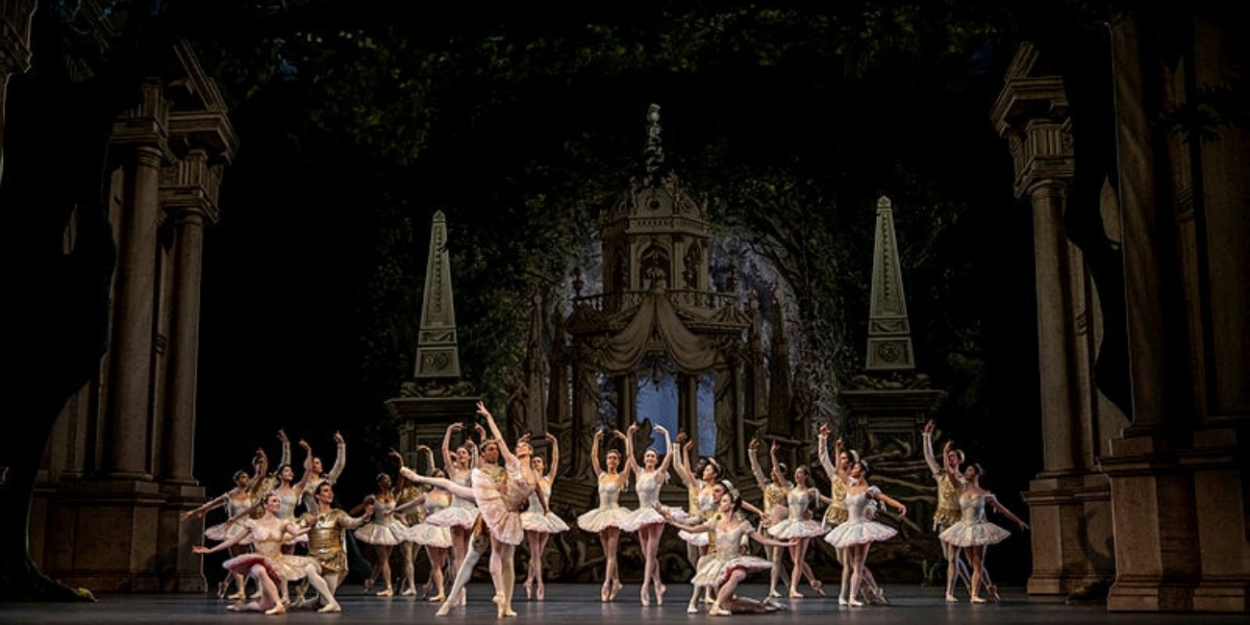
Ballet’s survival as an artform is dependent on legacies getting passed down from generation to generation, and no one left a greater legacy behind than master choreographer George Balanchine. For avid balletgoers such as myself who came of age after Balanchine’s death, I am always eager for the opportunity to see one of his less frequently performed works. Thus, on March 6, 2020 when San Francisco Ballet returned his 1962 A Midsummer Night’s Dream to their repertoire after a 35-year absence, it was a particularly auspicious occasion. I was enchanted by the ballet and rushed home from the Opera House to collect my thoughts for my review only to be startled to find an email from SFB already waiting in my inbox announcing that, effective immediately, the intensifying COVID epidemic had forced the closure of all large performing arts venues in the City. This meant SFB’s much-anticipated run of Midsummer was one and done. Fast forward to March 12, 2024 and Midsummer finally returned to the War Memorial Opera House stage. Talk about unfinished business.
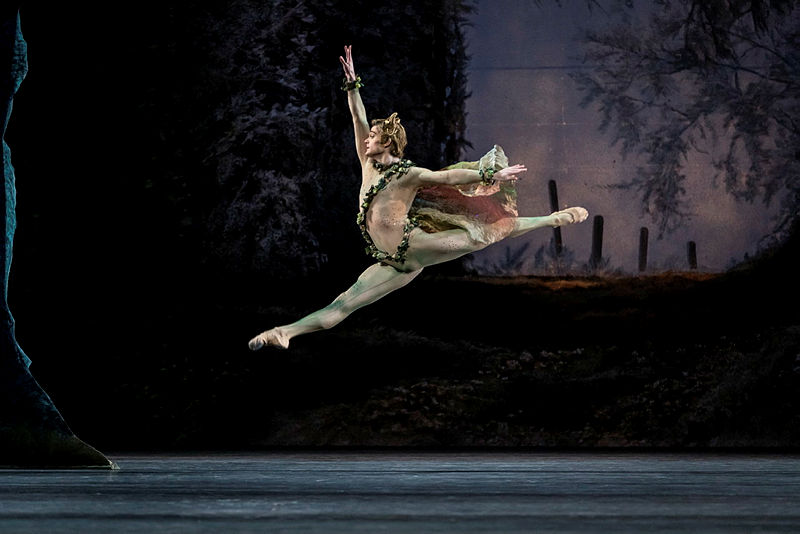
of George Balanchine's A Midsummer Night's Dream
On second viewing, I once again found the ballet to largely be a delight if not without its longueurs. Balanchine’s Midsummer is a light gloss on the Shakespeare comedy, set to Felix Mendelssohn’s famous score with some additional music by the same composer. Similar to most Nutcrackers, a plot-heavy first act is followed by a shorter second act of celebratory divertissements before ending in a brief coda that returns to the story. Because Balanchine basically condenses five acts of Shakespeare into that first hour of dance, plot points necessarily become a bit confusing (Just who is this child the King and Queen of Fairies are fighting over? What exactly is the Queen of the Amazons doing here?).
That would all be well and good (even classic story ballets are rarely known for their narrative cohesion), but Balanchine didn’t devise choreography that consistently delineates character and effectively tells the story, nor does it always serve as compelling dance on its own. I found myself losing focus midway through the first act, despite the winning performances, because the ballet itself loses focus in a stream of short dances that lack forward momentum.
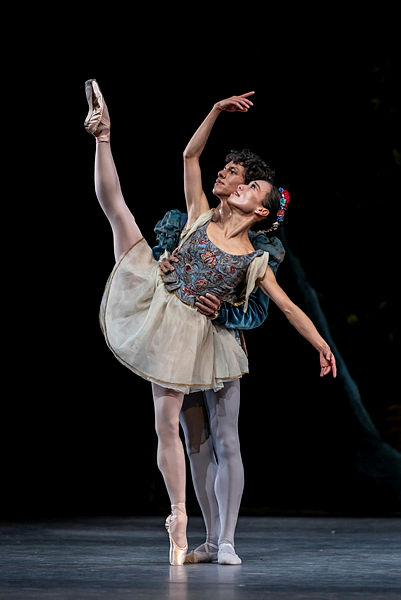
pas de deux of A Midsummer Night's Dream
Things perk up considerably in Act II, when Balanchine can let go of plot concerns and concentrate on the thing was an undisputed master of – creating movement that fits the music so perfectly it feels inevitable, even as it surprises at every turn. From the opening brass fanfare of the Mendelssohn “Wedding March” (yes, it’s that wedding march and how thrilling it is to hear it fully orchestrated and played with such gusto under conductor Martin West's sure hand), the stage brims with joyous energy and captivating movement. It’s marvelously mathy and so Balanchine. Be amazed by the trippy way the principal couples walk slowly backward as they get subsumed into scads of corps dancers walking forward right through them. Or the pas de deux for two unnamed characters that is so ethereal it’s downright otherworldly. By the time we return to the nighttime forest at the end, any memories of Act I’s patchiness have been banished.
SFB’s new production has a different design team than the one in 2020, with both sets and costumes created by renowned couturier Christian Lacroix. As is often the case when a fashion designer takes on stage work, the results are eye-catching, if a little hit and miss. I loved the storybook feel of his sets, with their graduated, forced-perspective arches recalling a child’s pop-up book. His costumes range from sublime (gorgeous Act II tutus with sparkly, bejeweled bodices and ombréd, pink undersides) to the indistinct (the intricate beadwork in contrasting colors for the pas de deux ballerina doesn’t “read” from the stage, becoming a mushy taupe) to the over-designed (the one-shoulder capes for some of the men are too fussy and pull focus). Under Jennifer Tipton’s subtle lighting, everything looks attractive enough, but I wanted the stage pictures to have a more magical feel.
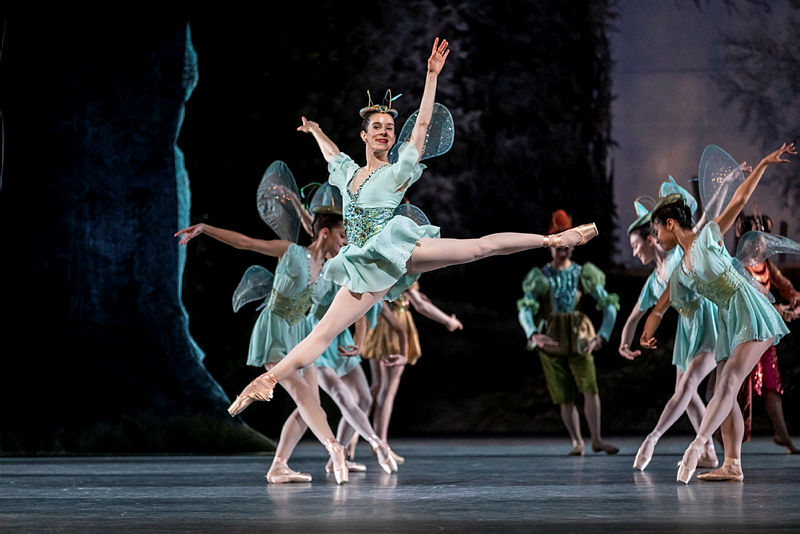
production of George Balanchine's A Midsummer Night's Dream
About the dancing, though, no quibbles could be found. Julia Rowe got things off to a spectacular start in the role of Butterly. I can’t imagine any other dancer on the planet so perfectly nailing its fizzy floatiness. Rowe committed to every step from the tips of her fingertips all the way down to her toes, always a perfect embodiment of the music. Cavan Conley made an entrancing Puck, using his astounding airborne capabilities in tandem with his natural comic instincts to become the very definition of impish.
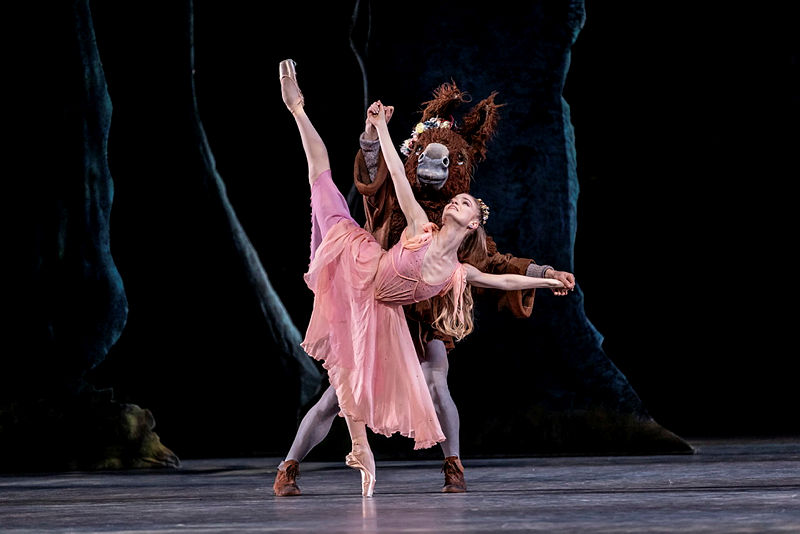
for a hot minute in George Balanchine's A Midsummer Night's Dream
Sasha De Sola as Titania, Queen of the Fairies, was also perfectly cast as she often seems to exist on a slightly different plane from everyone else. Her first-act pas de deux with a dashing Aaron Robison as her Cavalier was as romantic and gorgeous as her later dance with Bottom (a sweetly unabashed Alexis Francisco Valdes) was delightfully dreamy and deluded. Esteban Hernández (himself a marvelous Puck in 2020) as Oberon, King of the Fairies, was thrilling in his all-jumps-all-the-time solo (reputed to be one of the most challenging in the Balanchine canon), though I would have liked a more regal stage presence from him.
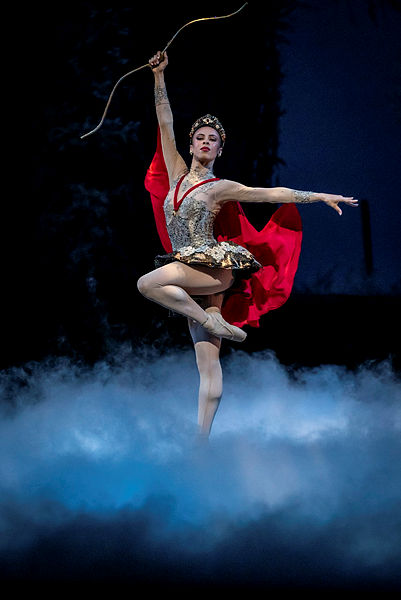
in A Midsummer Night's Dream
Nikisha Fogo as Hippolyta, Queen of the Amazons, literally bounded onto the stage late in Act I, devouring space as she flew through the air and made quick work of a zillion fouettés. Now, this was a woman in charge! If I remained unsure just what her character had to do with the rest of the proceedings, it was impossible not to get caught up in Fogo’s gobsmacking performance.
Best of all was the aforementioned, impossibly lyrical Act II pas deux performed by Frances Chung and Isaac Hernández. I’ve been watching Chung dance for over twenty years now and – even having returned from two maternity leaves – I swear she just keeps getting better and better. Her ability to dance with such plush softness and not an iota of sentimentality is utterly transfixing. Hernández partnered her expertly and the two were so in sync that every lift made it look like she was floating across the stage.
The ballet concludes with a return to the nocturnal world of the flora and fauna of the forest. Special mention must be given to the retinue of San Francisco Ballet students who portray the lightning bugs and other woodland critters. Balanchine gives them movement that is surprisingly sophisticated for dancers so young, a far cry from the “stumble through it and smile as the audience oohs and aahs” fare found in so many Nutcrackers. It was incredibly heartening to think that among this group of talented youngsters there just might be found a future star of two of the company. And so the legacy lives on.

in George Balanchine's A Midsummer Night's Dream
(all photos by Lindsay Thomas)
---
San Francisco Ballet’s A Midsummer Night’s Dream continues through Saturday, March 23rd at the War Memorial Opera House, 301 Van Ness Avenue, San Francisco, CA. Running time is approximately two hours ten minutes, including one intermission. For tickets and additional information, visit www.sfballet.org or call (415) 865-2000, M-F 10am-4pm.
Reader Reviews
Videos

